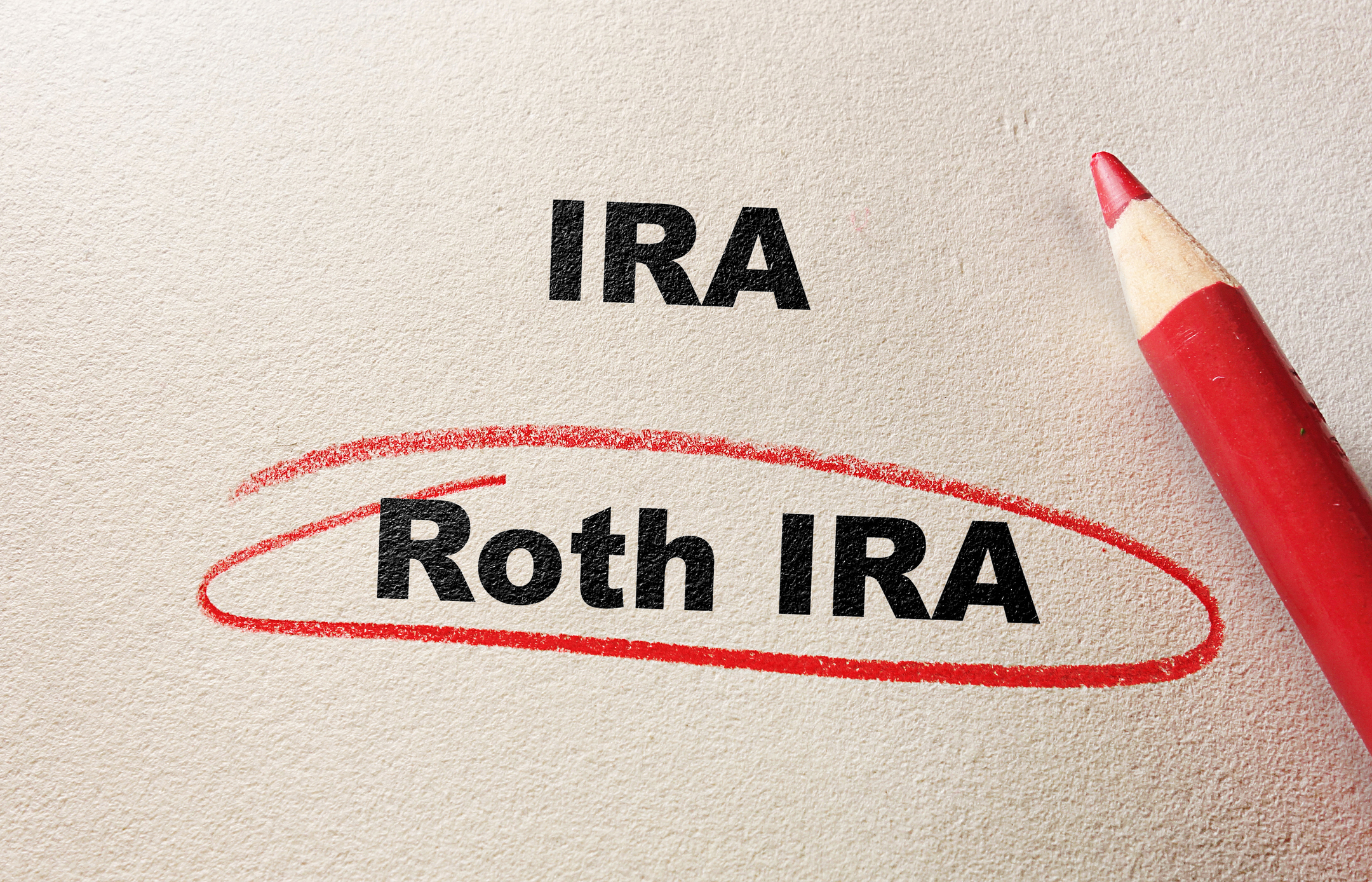Should You Supplement Your Traditional 529 with a Private 529 College Plan?
There are a few reasons to consider this strategy. One is if you think your child might want to go to a private school one day, and another is if you like a sure thing rather than taking investment risks.

When it comes to the college savings conversation, I usually stick with suggesting the traditional 529 plan when helping people choose the right savings and investment vehicle for the goal of funding higher-education costs.
Being in New York gives my in-state clients a great plan right off the bat — and plenty of people from out-of-state use New York’s 529 plan, too, because of its investment options. The fact that our 529 plan is already so good didn’t give me much reason to look for alternative solutions.
Not to mention, I’m generally wary about alternatives, like prepaid state tuition plans, because they typically lock you and your student into a state school*. That could be fine if your student is absolutely set on attending an in-state university …

Sign up for Kiplinger’s Free E-Newsletters
Profit and prosper with the best of expert advice on investing, taxes, retirement, personal finance and more - straight to your e-mail.
Profit and prosper with the best of expert advice - straight to your e-mail.
... but what if your children are still in elementary school? Your fifth grader isn’t going to be able to reliably tell you what they want for their college education when it rolls around in another eight years or so.
All this being said, I do think there may be an alternative to the traditional 529 plan that New York offers that could make sense for some families. I started looking into these options after Kiplinger published my article, The Best College Savings Strategy to Use.
I received a bunch of comments and feedback from the piece, which helped me learn about the Private College 529 plan and how it could be used in conjunction with a traditional 529 plan.
Here’s what to know about these savings vehicles — and how to determine if you should use one for your college savings goals.
What is the Private College 529 Plan?
The Private College 529 Plan is a prepaid tuition plan, but it is different from the state version of prepaid college plans, because it’s a nationwide plan. Your child isn’t limited to an in-state school. It allows families to save on the cost of college by purchasing tomorrow's tuition at today's prices. No matter how much tuition increases over the years, or how volatile the financial markets are, you lock in current rates that can be used at any of the participating colleges and universities.
That’s a big advantage for families who want to reduce risk and volatility, and remove some of the unknowns from the college savings equation. These plans can be even more appealing to those who feel nervous about the skyrocketing cost of higher education.
How These Private Plans Work
You name a beneficiary when you open your account, but you don't have to select a college or university until your student enrolls in a school. The increase in value of the account and the distributions taken, when applied to qualified expenses, are free from federal and state income tax.
While a traditional 529 plan allows you to invest cash into funds within the account in hopes that you earn a return on your money, Private College 529 plans don’t provide a pathway to investing. Instead, you buy tomorrow's tuition at today's prices through the plan in the form of Tuition Certificates. This helps reduce the risk to you, because you eliminate the investment risk associated with putting your money into equities or securities.
The colleges take the risk, because they guarantee today’s prices — which, presumably, will be far, far lower than what they’ll be in five, 10, or 15 years from now.
Understanding Tuition Certificates Purchased in a Private Plan
The Tuition Certificates you purchase through the plan can be redeemed to pay for future tuition at any of the nearly 300 participating private colleges.
The amount of tuition you purchase is based on the current rate of tuition at each participating school. The percentage of a year you purchase will vary by school, based on the tuition rates at the time your Certificates are purchased.
Here’s an example: Let’s say a Tuition Certificate purchased for $10,000 today is worth 0.33 years of tuition at one school where current tuition is $30,000, and it’s worth 0.25 years at another school where current tuition is $40,000.
Each time you contribute to your account, the Plan calculates how much tuition you own at each participating school. The Plan then reports how much tuition you own at your designated sample schools on your account statements.
What Happens If Your Child Doesn’t Go to College?
This is a common question I hear for any type of education savings. The good news is that similar to a standard 529, if your child does not end up going to college, the funds can be transferred to another sibling or family member. If this is not an option, you can withdraw all of your contributions but may not recover the full investment earnings and would forgo much of the benefit of prepaid tuition.
Pros and Cons of Using a Private 529 Plan
The biggest, most obvious advantage of these private plans is the ability to lock in rates now before they rise. You also enjoy the benefit of avoiding market risk, which is especially appealing to those who already worry about market movements.
Of course, there are downsides, too. With the Private College 529 plan you have limited school selection (although not nearly as limited as with a state prepaid plan), which could be a problem if your student doesn’t want to go to one of the schools that participate.
You do have the option of rolling the private plan into a traditional 529 at any point — but the gain you received in tuition hikes will likely be less than what the market did during the time you used the private plan.
Another way to overcome some of the cons of using a private plan would be to use a private 529 plan along with a traditional one. Here’s one strategy to consider:
Funds in most traditional 529 plans are target date funds, with the targeted date being the year your child begins college. As your child enters high school, these funds become much more conservative and will probably earn lower rates of return.
If the student is strongly considering attending a private college that is part of the Private College 529 Plan, the family might be better off with a strategy of moving some assets from the traditional 529 into the Private College 529. That allows them to lock in future tuition at today's rates with the idea that the inflation rate of tuition would be greater than what they were earning in their traditional 529.
That, in turn, could provide you with a better return — especially if the value of bonds falls (as we saw in 2018).
So what’s the best college savings strategy for you to use? As with almost everything in financial planning, the best answer is “it depends” — it depends on your situation, your other priorities and goals, your cash flow and what you have available to save, your children and their preferences and ages …
The list goes on, which can make choosing the right thing complicated. Feel free to reach out if you’d like to have a further, in-depth discussion about the best moves to make for you and your family.
* In some cases funds can be transferred or refunded in case your child chooses a different school.
Get Kiplinger Today newsletter — free
Profit and prosper with the best of Kiplinger's advice on investing, taxes, retirement, personal finance and much more. Delivered daily. Enter your email in the box and click Sign Me Up.

Paul Sydlansky, founder of Lake Road Advisors LLC, has worked in the financial services industry for over 20 years. Prior to founding Lake Road Advisors, Paul worked as relationship manager for a Registered Investment Adviser. Previously, Paul worked at Morgan Stanley in New York City for 13 years. Paul is a CERTIFIED FINANCIAL PLANNER™ and a member of the National Association of Personal Financial Advisors (NAPFA) and the XY Planning Network (XYPN).
-
 Should You Do A Roth IRA Conversion? Nine Things to Consider
Should You Do A Roth IRA Conversion? Nine Things to ConsiderThe Tax Letter Thinking of converting a traditional IRA to a Roth IRA? The Kiplinger Tax Letter Editor highlights nine factors you should consider before making a move.
By Joy Taylor
-
 33 Stocks That Could Rally 50% or More This Year
33 Stocks That Could Rally 50% or More This YearAnalysts say these S&P 500 stocks have at least 50% price upside over the next year or so.
By Dan Burrows
-
 Going to College? How to Navigate the Financial Planning
Going to College? How to Navigate the Financial PlanningCollege decisions this year seem even more complex than usual, including determining whether a school is a 'financial fit.' Here's how to find your way.
By Chris Ebeling
-
 Charitable Giving Lessons From Netflix's 'Apple Cider Vinegar'
Charitable Giving Lessons From Netflix's 'Apple Cider Vinegar'Charity fraud is rife, and a Netflix series provides a timely warning about donating money to a good cause without looking into its background.
By Peter J. Klein, CFA®, CAP®, CSRIC®, CRPS®
-
 Four Takeaways From Filing Your Taxes to Boost Your Financial Future
Four Takeaways From Filing Your Taxes to Boost Your Financial FutureNow that another tax season is in the rearview mirror for most of us, what lessons can you take from what you learned about your finances to plan for the future?
By Kate Winget
-
 What Claims Adjusters Are Thinking vs What They're Saying
What Claims Adjusters Are Thinking vs What They're SayingAfter a natural disaster, few of us are at our best, but here's what to keep in mind when you're interacting with your insurance company's claims adjuster.
By Karl Susman, CPCU, LUTCF, CIC, CSFP, CFS, CPIA, AAI-M, PLCS
-
 Looking to Make a Job Change? How to Stand Out Like a Pro
Looking to Make a Job Change? How to Stand Out Like a ProTo make a strong first impression in interviews or when networking, skip your job title and work history and use an opening gambit that highlights your talents.
By Anne deBruin Sample, CEO
-
 First 100 Days: Trump's Impact on Your Finances
First 100 Days: Trump's Impact on Your FinancesHere are some opportunities to consider regarding investing, interest rates and tax cuts as the financial landscape shifts under the new administration.
By Daniel Razvi, Esquire
-
 Children Can't Afford to Fly the Nest? Here's How to Help
Children Can't Afford to Fly the Nest? Here's How to HelpThe high cost of living means more adult children are staying at home. Here are four ways to help financially so they can eventually spread their wings.
By Kelli Kiemle, AIF®
-
 Should You Hire a Public Adjuster for Your Insurance Claim?
Should You Hire a Public Adjuster for Your Insurance Claim?As natural disasters strike more often, insurance clients are asking, 'What should I do, or who should I hire, if my insurance company is jerking me around?'
By H. Dennis Beaver, Esq.